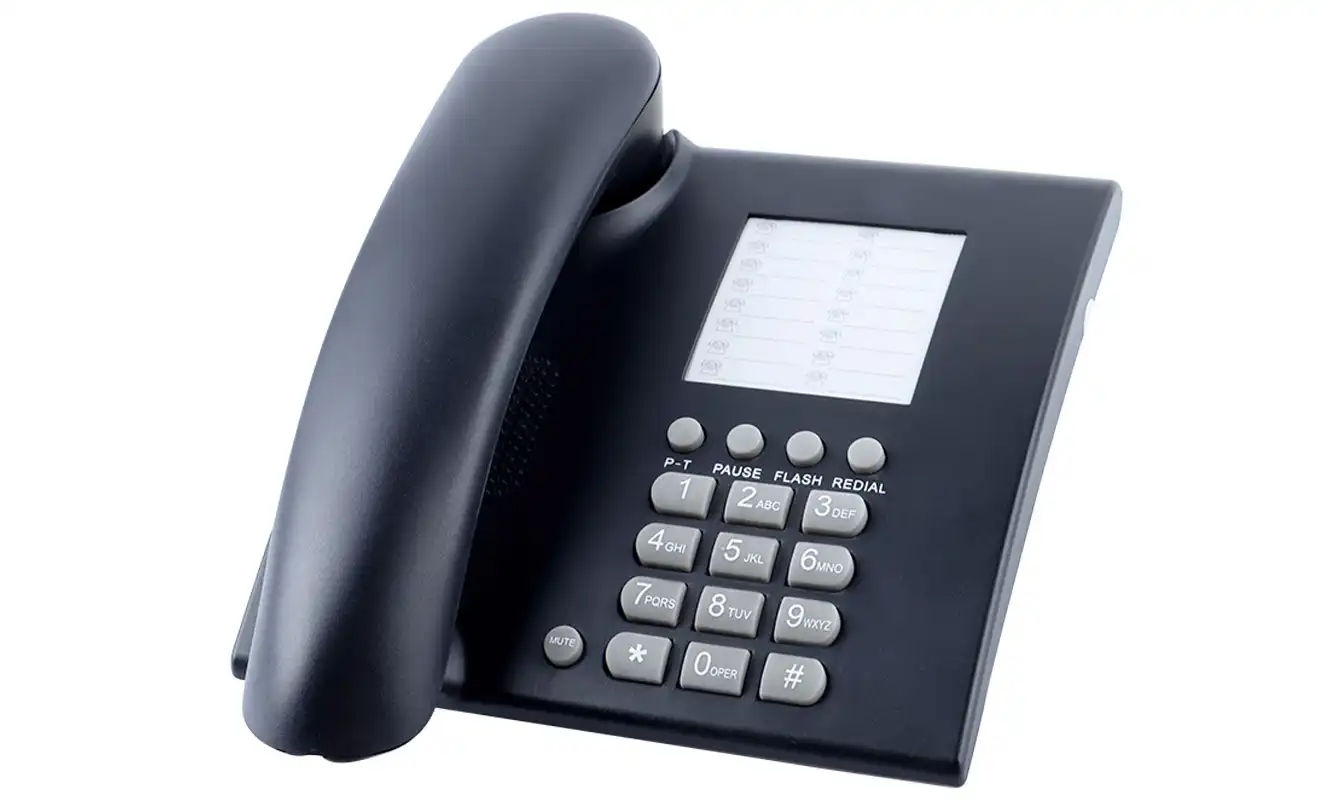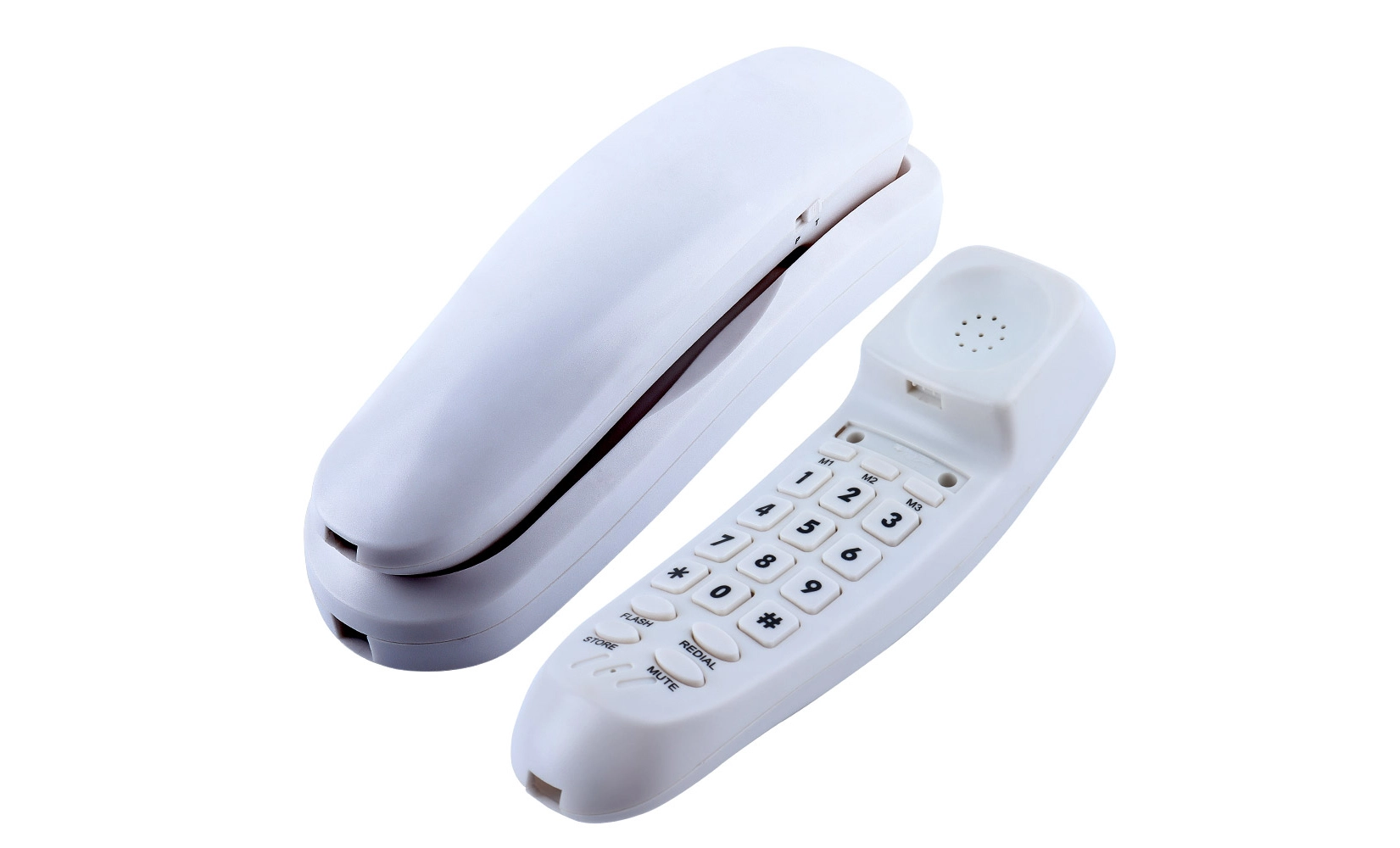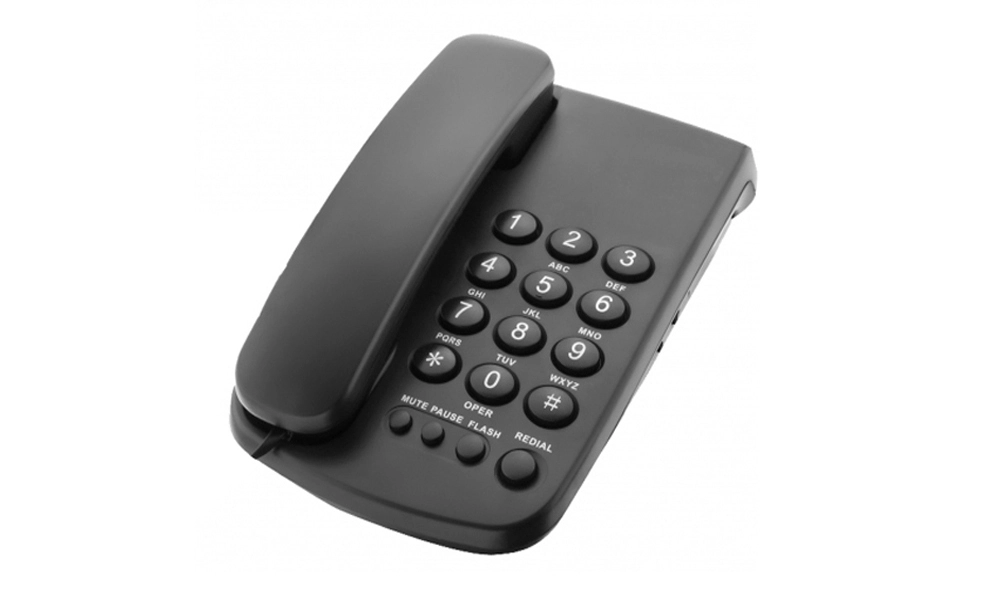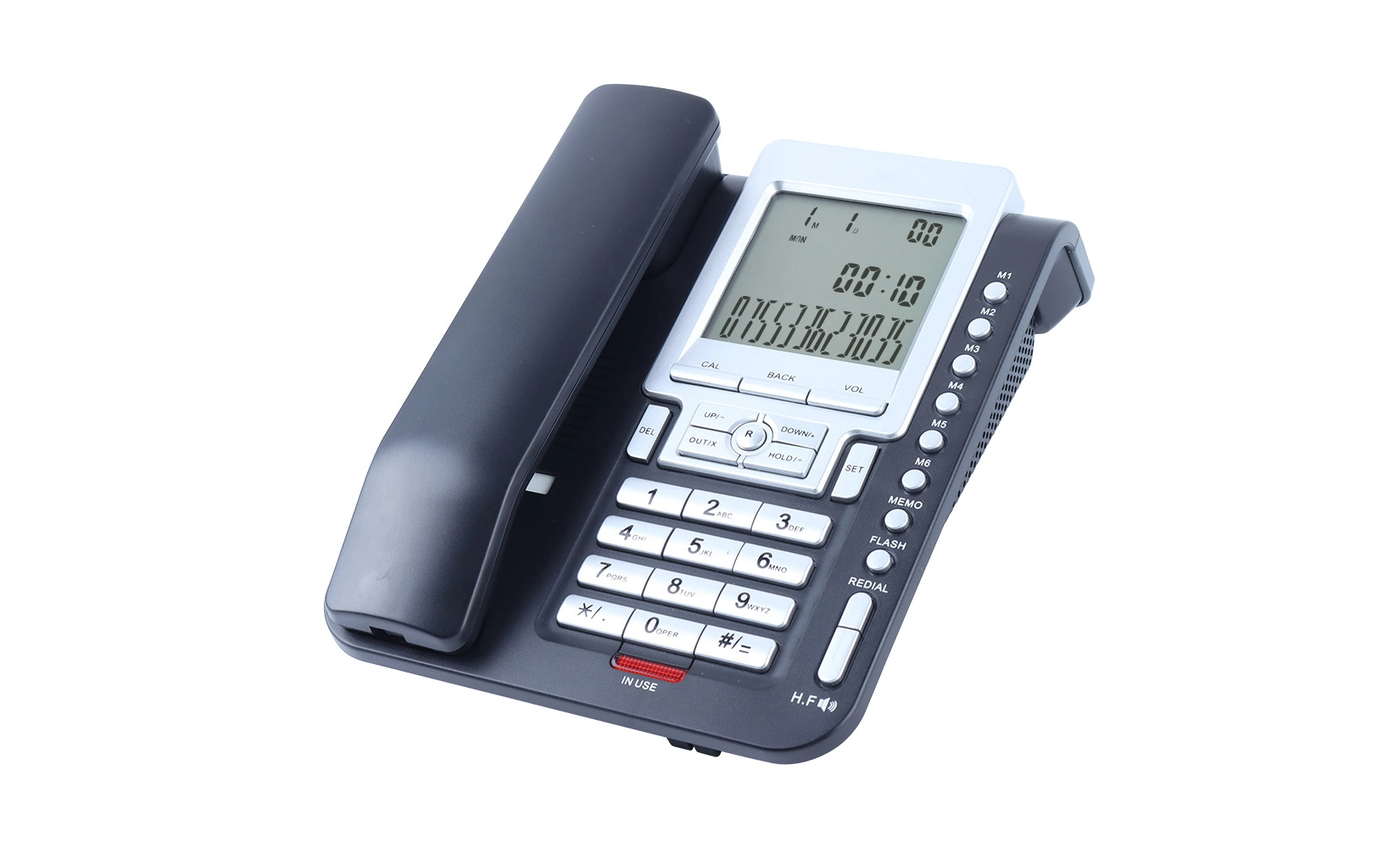Understanding the Value Proposition of Basic Telephones
Basic telephones, often overlooked in our smartphone-centric world, continue to offer unique advantages in both residential and commercial settings. These devices prioritize simplicity and reliability, making them an excellent choice for those seeking straightforward communication tools.
The Enduring Appeal of Simplicity
In an era of increasingly complex technology, the basic telephone stands out for its user-friendly interface. These devices typically feature large, easy-to-read buttons and streamlined functionality, making them particularly appealing to seniors or those less comfortable with advanced tech. The simplicity of operation extends to setup as well – most basic phones can be plugged in and used immediately, without the need for complex configuration or software updates.
Reliability in Communication
One of the key selling points of basic telephones is their dependability. Unlike mobile phones or VoIP systems that rely on battery life or internet connectivity, traditional landline phones draw power directly from the telephone line. This means they continue to function during power outages, providing a crucial communication lifeline during emergencies. Additionally, the audio quality of landline calls often surpasses that of cellular or internet-based calls, especially in areas with poor mobile reception.
Cost-Effectiveness for Various Demographics
Basic telephones present an economical communication solution for a wide range of users. For households on a budget, they offer a low-cost alternative to expensive smartphone plans. Many seniors find that a basic phone meets their communication needs without the unnecessary complexities and costs associated with smartphones. Businesses, particularly those in customer service roles, often deploy basic phones for their durability and ease of use in high-volume calling environments.
Analyzing Features Across Price Tiers
As we delve deeper into the world of basic telephones, it's crucial to understand how features evolve across different price points. This analysis helps consumers make informed decisions based on their specific needs and budget constraints.
Entry-Level Features: Essential Communication
Entry-level basic telephones, typically priced under $30, focus on core functionalities. These models usually include:
- Last number redial
- Adjustable ringer volume
- Mute button
- Pulse/tone dialing switch
- Wall-mountable design
While these features may seem basic, they cover the essential needs of most users looking for a reliable communication device. The simplicity of these models makes them ideal for seniors or as backup phones in case of emergencies.
Mid-Range Enhancements: Added Convenience
Moving up to the $30-$60 range, basic telephones start incorporating features that enhance user convenience:
- Caller ID display
- Call waiting
- Speakerphone functionality
- Memory buttons for quick dialing
- Backlit display for easier reading in low light
These additional features make mid-range phones more suitable for home offices or small businesses where call management becomes more critical.
 Premium Tier: Advanced Functionality
Premium Tier: Advanced Functionality
At the higher end of the basic telephone spectrum, priced between $60-$100, consumers can expect more advanced features:
- Larger, higher-resolution displays
- Extensive phonebook storage
- Answering machine capabilities
- Hearing aid compatibility
- Enhanced audio quality with noise reduction
- Intercom functionality for multi-handset systems
These premium models blur the line between basic and advanced telephones, offering robust features while maintaining the simplicity and reliability characteristic of basic phones.
Making an Informed Purchase Decision
Choosing the right basic telephone involves considering various factors beyond just price. Understanding your specific needs and the environment in which the phone will be used is crucial for making a satisfying purchase.
Assessing Your Communication Requirements
Before selecting a basic telephone, it's essential to evaluate your communication needs:
- Call volume: How frequently will the phone be used?
- User demographics: Will seniors or individuals with disabilities be using the phone?
- Environment: Is the phone for home, office, or a noisy area?
- Additional features: Do you need caller ID, an answering machine, or speakerphone functionality?
By answering these questions, you can narrow down the features that are most important for your situation.
Considering Long-Term Value
While it may be tempting to opt for the cheapest option available, considering the long-term value of your purchase is crucial. Higher-priced models often offer better build quality and more durable components, potentially lasting longer and providing better value over time. Additionally, phones with more advanced features might adapt better to changing needs, reducing the likelihood of needing a replacement in the near future.
Compatibility and Integration
Ensure that the basic telephone you choose is compatible with your existing telephone service. Some features, like caller ID, may require additional services from your telephone provider. If you're using a VoIP service, verify that the phone you're considering is compatible with digital phone lines or if an adapter is needed. For business environments, consider how well the phone integrates with existing systems. Some basic phones offer limited integration capabilities with PBX systems or call management software, which could be beneficial in office settings.
Reading User Reviews and Expert Opinions
Before making a final decision, it's wise to consult user reviews and expert opinions. These can provide valuable insights into real-world performance, durability, and any potential issues not immediately apparent from product specifications. Pay particular attention to reviews that mention long-term use, as these can give you a better idea of the phone's reliability over time.
Conclusion
Basic telephones continue to play a vital role in both personal and professional communication landscapes. By understanding the features available at different price points and carefully considering your specific needs, you can select a basic telephone that offers the perfect balance of functionality, reliability, and value. Whether you opt for a simple entry-level model or a feature-rich premium device, the right basic telephone can provide years of dependable service, ensuring you stay connected when it matters most.
Basic landline phone factory-direct price options | CHEETA
Shenzhen Cheeta Technology Co., Ltd. stands out as a premier manufacturer of analog telephones, boasting over 18 years of OEM/ODM expertise. Our state-of-the-art 1,200㎡ facility, staffed by 100+ skilled workers and 10 senior engineers, ensures a daily production capacity of 1,000 analog units. We pride ourselves on maintaining rigorous quality standards, with all products adhering to CE and ROHS certifications. Our meticulous 11-step inspection process results in an impressively low failure rate of under 1%.
At CHEETA, we combine cutting-edge engineering, automation, and responsive customer service to meet the diverse needs of global buyers. Our commitment to continuous improvement is reflected in our weekly design sessions and global case studies, allowing us to swiftly adapt and upgrade our products based on user feedback. For unparalleled quality and customization in basic telephones, contact us at allen@cheeta.com.cn.

 When it comes to
When it comes to 




